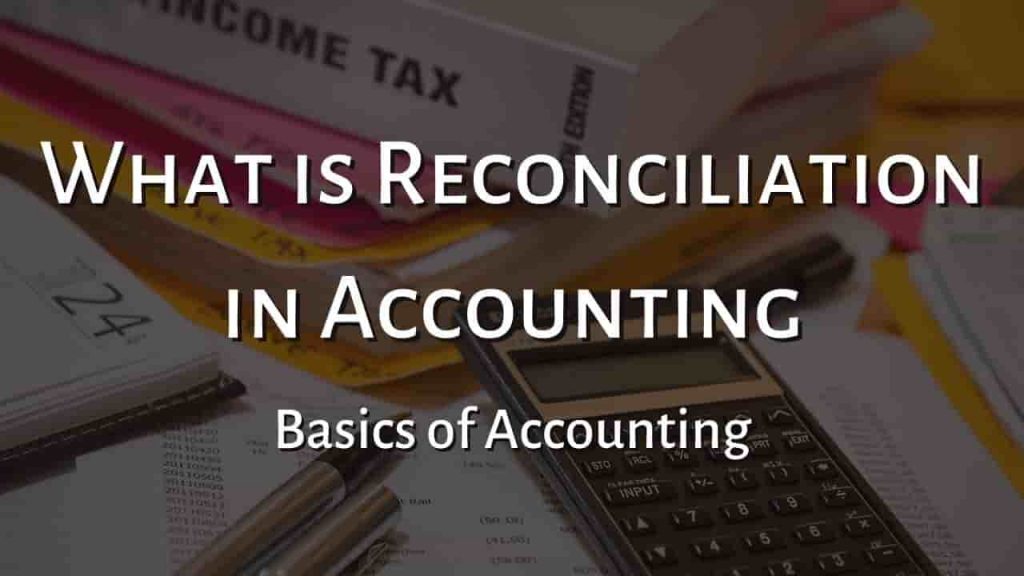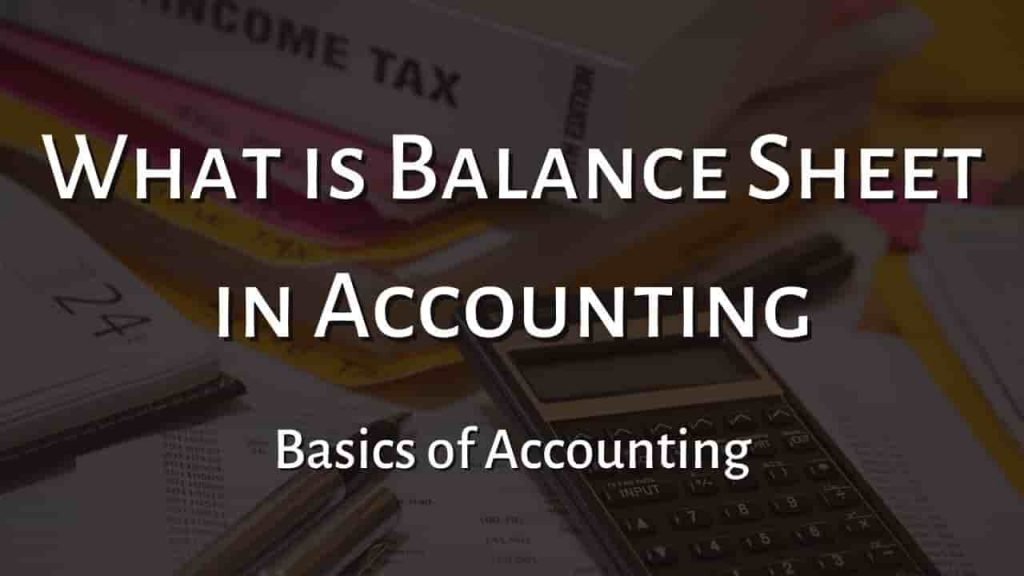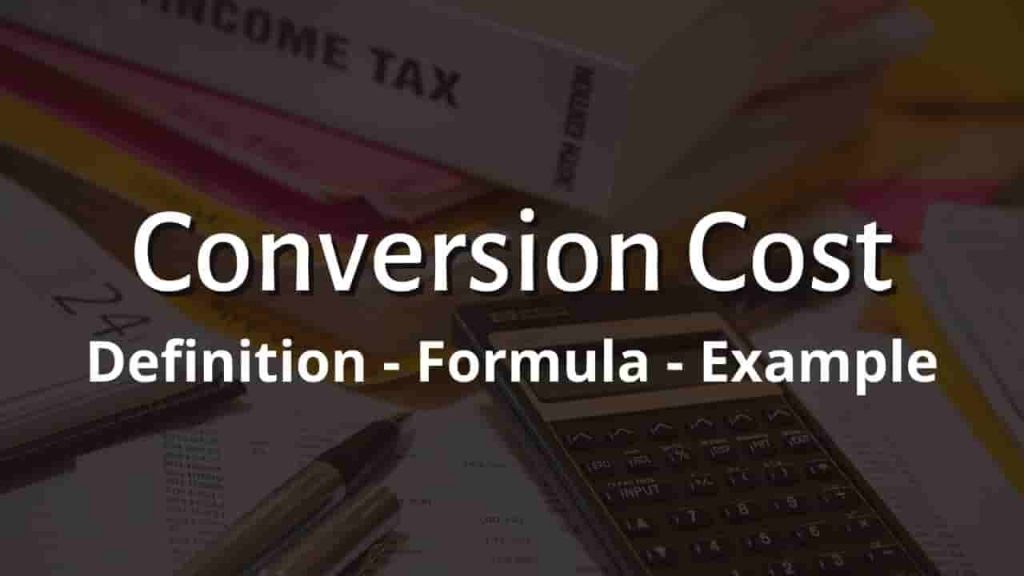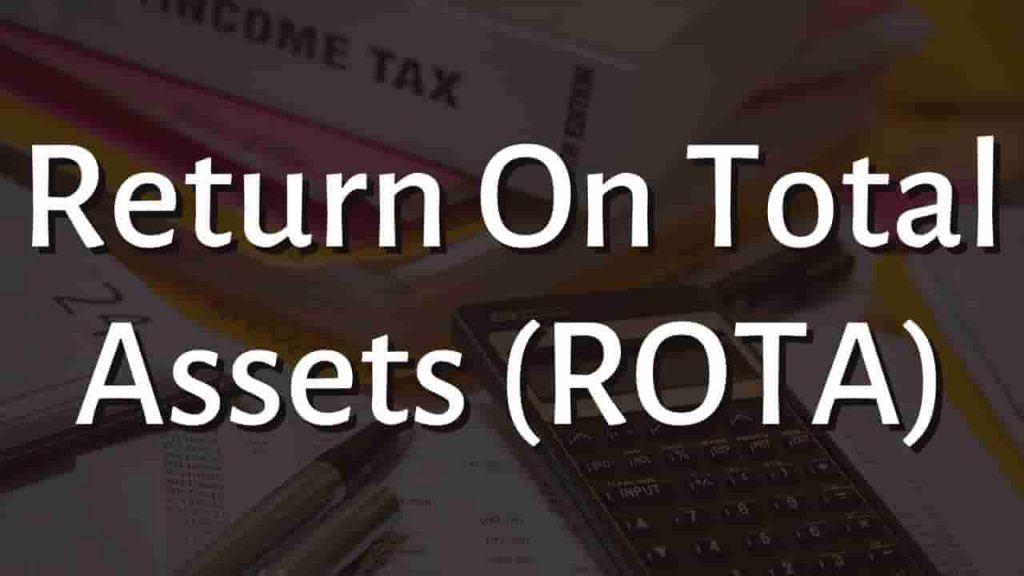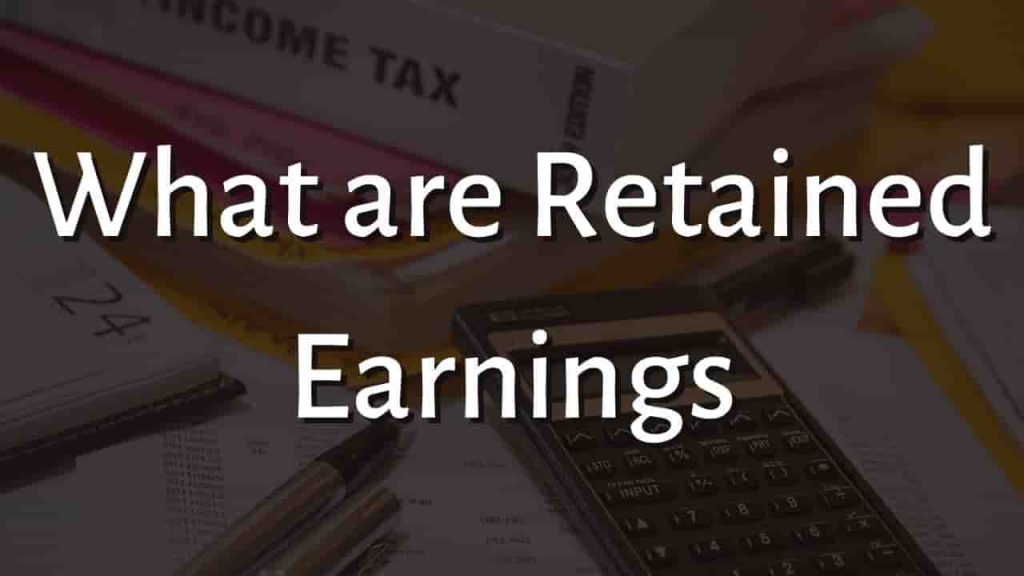What is Reconciliation in Accounting
Bank reconciliation statement (reconciling) is the statement that reconciles the difference between the two balances that is balance as per cash book and the balance as per passbook.
Generally, the bank balance as shown by the passbook or bank statement does not agree with the balance shown by the cash book Bank column does bank reconciliation statement is a statement that displays the items of difference between the balance of an account reported by the bank and the account maintained by the customer.
What are the Different Types of Reconciliations?
There are four main types of reconciliations: bank reconciliations, account reconciliations, inventory reconciliations, and balance sheet reconciliations.
Bank reconciliations are used to ensure that the bank balance matches the accounting records.
Account reconciliations compare the general ledger balances to the subsidiary ledger balances.
Inventory reconciliations compare the physical inventory to the book inventory.
Balance sheet reconciliations compare total assets to total liabilities and stockholders’ equity.
What are the Steps involved in Reconciling Accounts?
Reconciliation is the process of ensuring that two sets of records agree with each other. In accounting, reconciliations are often used to ensure that the bank statement matches the company’s book of accounts. There are several steps involved in reconciling accounts:
1. Compare the balances on the two documents.
2. Identify any discrepancies and investigate the cause.
3. Make any necessary adjustments to bring the two sets of records into agreement.
4. Document the reconciliation process and retain supporting documentation.
What are the Benefits of Reconciling Accounts?
One of the key benefits of reconciling accounts is that it can help businesses and individuals identify discrepancies and mistakes that may have been made. Reconciling accounts can help ensure that all transactions are accounted for, and it can also help to prevent financial fraud or embezzlement. In addition, reconciling accounts can help businesses and individuals maintain accurate financial records.
Reasons or causes a Bank Balance Will Differ from a Company’s Balance
- Some of the following items which create the cause of differences
- Cheques are deposited but not credited or released by the bank.
- Cheques issued or drawn but not presented for payment in the bank.
- Dividend income or insurance claim etc. Collected by the bank but not recorded in the cash book.
- Interest is credited by the bank but not recorded in the cash book.
- Bank charges are not entered in the cash book.
- Direct deposit made by the customers.
- Insurance premium pay orders or any expenses paid by banks and not entered in the cash book.
- Any error done either in the cash book or in the passbook.
Note:
The students are advised to note that the debit side of the cash book balance must be equal to the credit side of the bank passbook and vice versa.
- The debit balance of the cash book is a favourable balance.
- The credit balance of the cash book is an unfavourable balance.
- The debit balance of Passbook is an unfavourable balance
- The credit balance of the passbook is a favourable balance.
Preparation of Bank Reconciliation Statement
The reconciliation can be done in any of the following ways:
- If cash book and pass book both balances are given
- If only cash book balance is given.
- If only passbook balance is given
1. If cash book and pass book both balances are given
In this case, first, find out the adjusted or corrected balance as per the cash book and passbook.
Note:
- Adjusting entries are required to pass in the cash book (Bank column), only for those transactions:
- Not recorded in the cash book
- Any error made by the cash book.
- No, adjust in the entry is a pass in the cash book (Bank column) for all those transactions:
- Not shown in passbook but recorded in cash book (Bank column)
- Any error made by the passbook (bank statement)
Account Reconciliation Example:
A comparison of cash and bank records of RQ Corporation revealed the following information:
| i. Balances as per cash book | $25000 |
| ii. Balances as per bank statement | $50000 |
| iii. Cheques deposit but not shown in the bank statement | $15000 |
| iv. Cheques issued but not presented at the bank | $32000 |
| v. Direct deposit by the customer in the bank | $8000 |
| vi. Dishonoured cheque | $1500 |
| vii. Bank service charges | $500 |
| viii. Profit has been given by the bank | $2000 |
Required:
- Prepare the bank reconciliation statement.
- Prepare necessary adjusting entries.
RQ Corporation
Bank Reconciliation Statement
As on (month, date and year)
| Particular | Cash book | Paas Book |
| Balance as per book | $25000 | $50000 |
| Add: Un-cleared cheque | $15000 | |
| Less: Un-presented cheque | ($32000) | |
| Add: Direct deposit by the customer | $8000 | |
| Less: Dishonoured cheque | ($1500) | |
| Less: Bank Charges | ($500) | |
| Add: Profit given by the bank (interest income) | $2000 | |
| Adjusted or correct Balance | $33,000 | $33,000 |
RQ Corporation
Adjusting Entries
| Date | Particular | P/R | Debit | Credit |
| (v) | Bank | 8000 | ||
| A/c Receivable | 8000 | |||
| To record direct deposit by the customer | ||||
| (vi) | A/c Receivable | 1500 | ||
| Bank | 1500 | |||
| To record cheque dishonoured | ||||
| (vii) | Bank Charges | 500 | ||
| Bank | 500 | |||
| To record bank service charges | ||||
| (viii) | Bank | 2000 | ||
| Interest income | 2000 | |||
| To record profit given by the bank |
2. If only cashbook balances are given
In this case, first, find out the adjusted or corrected balance of the cash book only because the passbook balance is not given and then taking the address to the balance of the cash book prepare the reconciliation statement to arrive at the balance of the passbook.
Note:
- Adjusting entries are required to pass in the cash book (Bank column), only for those transactions:
- Not recorded in the cash book.
- Any error made by the cash book.
- No adjusting entry is passed in the cash book (Bank column), for all those transactions:
- Not shown in the passbook but recorded in the cash book ( Bank column)
- Any error made by the passbook (bank statement).
Account Reconciliation Example:
On December 31, 2020, the bank column of the cash book of Mr John shows a debit balance of $922 on examination of the cash book and statement you find that:
- A cheque amounting to $1260 issued before December 31 and entered in the cash book was not presented for payment till after the date.
- A cheque amounting to $500 credited in the cash book as sent to the bank for collection on December 31 was entered in the bank statement after that date
- A cheque from a debtor for $146 had been dishonoured prior to December 31 but no record appeared in the cash book.
- A dividend warrant for $76 was paid direct to the bank and nothing appeared in the cash book.
- Bank interest and charges amounting of $84 were not entered in the cash book but appeared in the bank statement.
- There was no entry in the cash book for a club membership subscription for $20 paid by bankers order in November 2020.
- Banks charges (postal) for a cheque book received by Michael $2 was entered in the cash book twice.
- A cheque for $54 drawn by James had been charged to Robert’s account in error.
Required:
- Prepare a bank reconciliation statement, with adjustments in the cash book to bring down the correct balance and prepare a statement reconciling the corrected cash book balance with the balance as per the bank statement.
Mr John
Corrected balance of Cashbook
As on 31, December 2020
| Balance as per cash book | $922 |
| Less: Dishonored cheque | ($146) |
| Add: Dividend income | $76 |
| Less: Bank charges | ($84) |
| Less: drawing (club membership subscription) | ($20) |
| Add: Bank Charges (cancellation of wrong entry) | $2 |
| Adjusted or corrected balance of cash book | $750 |
Mr John
Bank reconciliation Statement
As on 31st December 2020
| Adjusted balance as per cash book | $750 |
| Add: Un-presented cheque | $1260 |
| Less: Un-cleared cheque | ($500) |
| Less: Bank error (cheque draw wrongly charged at Robert a/c) | ($54) |
| Balance as per pass book | $1456 |
3. If only passbook balance is given
In this case, first, find out the adjusted or corrected balance of the passbook only, because the cash book balance is not given, and then taking the adjusted balance of the passbook prepare the reconciliation statement to arrive at the balance as per the cash book.
Note:
- Adjusting entries are required to pass in the cash book (Bank column) only for those transactions:
- Not recorded in the cash book.
- Any error made by the cash book
- No adjusting entry is passed in the cash book (Bank column) for all those transactions:
- Not shown in the passbook but recorded in the cash book (Bank column).
- Any error made by the passbook (bank statement).
Account Reconciliation Example:
From the following particular, prepare a bank reconciliation statement showing the balance as per the cash book on 31st March 2021.
| 1. Balances as per pass book (Cr. Balance) | $8000 |
| 2. Cheque deposited but not credited by the bank | $1000 |
| 3. Cheque issued but not presented for payment | $500 |
| 4. Cheque deposited into Bank without recording in the cash book | $600 |
| 5. Cheque issued to creditors but not recorded in the cash book | $700 |
| 6. Dividend collected by the bank, not. Recorded in the cash book. | $100 |
| 7. Debtors directly deposited into Bank not recorded in the cash book. | $2000 |
| 8. Debit side of the cash book was undercast by | $1000 |
| 9. Bank charges debited in passbook, not recorded in the cash book | $50 |
| 10. Bank met a bill payable for $1000 on 30-3-2021 under advice to the firm on 2-4-2021 | —- |
| 11. A bill for $2000 discounted for $1900 returned dishonoured by the bank, noting the charge being | $10 |
| 12. A bill for $1000 discounted with the bank is entered in the cash book without recording the discount charges | $100 |
Solution
Adjusted balance
As on 31st March 2021
| Balance as per pass book | $8000 |
| Add: Un-cleared cheque | $1000 |
| Less: Un-presented cheque | ($500) |
| Adjusted balance | $8500 |
Bank reconciliation Statement
As on 31st March, 2020
| Adjusted balances as per pass book | $8500 |
| Less: Cheque deposited but not recorded in the cash book. | ($600) |
| Add: Cheque issued but not recorded in the cash book. | $700 |
| Less: Dividend collected but not recorded in the cash book | ($100) |
| Less: Direct deposit by the customer | ($2000) |
| Less: Cash book error (debit side of cash book under cast) | ($1000) |
| Add: Bank charges not recorded in the cash book | $50 |
| Add: Bill payable paid by the bank not recorded in the cash book | $1000 |
| Add: Bill discounted and dishonoured not recorded in cash book (2000+10) | $2010 |
| Add: Bill discounted, discount charges not recorded in the cash book | $1000 |
| Balance as per cash book | $8660 |
What is the meaning of reconciliation in accounting?
Reconciliation is the process of ensuring that the financial records of two or more companies are in agreement. This may be done by comparing totals, balances, or individual transactions. Reconciliation is often used to identify and correct discrepancies.
What is a reconciliation example?
In accounting, reconciliation is the process of checking and adjusting the balance of two accounts to ensure they agree. For example, you might reconcile your bank account by comparing the balance shown on your bank statement with the balance shown in your accounting software. If they don’t match, you would make the appropriate adjustments to ensure that they do.
What is the main purpose of an account reconciliation?
The main purpose of an account reconciliation is to ensure that the financial records of a company match the actual cash balances. This process helps to identify and correct any discrepancies.
What is the difference between balancing and reconciling?
Balancing is when you make sure that the books balance, meaning that the total debits are equal to the total credits. This can be done manually or with a computer program. Reconciling is when you compare two sets of records to make sure they match. For example, your bank statement and your account balance.
What accounts should be reconciled?
Accounts that should be reconciled are typically those that have a balance. This would include bank accounts, accounts receivable, and accounts payable. Other accounts that may need to be reconciled include inventory and fixed assets.
What is P&L reconciliation?
P&L reconciliation is the process of comparing a company’s actual income statement to its budgeted or forecasted income statement. This helps identify discrepancies and potential areas of improvement.
How do you reconcile a balance sheet?
1. Add up all of the assets on the balance sheet.
2. Add up all of the liabilities on the balance sheet.
3. Subtract the total liabilities from the total assets. This will give you the company’s net worth.
For more click here and if you are looking for full forms of different acronyms and words then check out this list you really gonna find this helpful. We also have an Essay on every topic, Check the complete list here. If you are Studying in Matric Free Video Lectures of Maths, Physics and English are here, and we have got you covered for I.COM Business Maths also.

